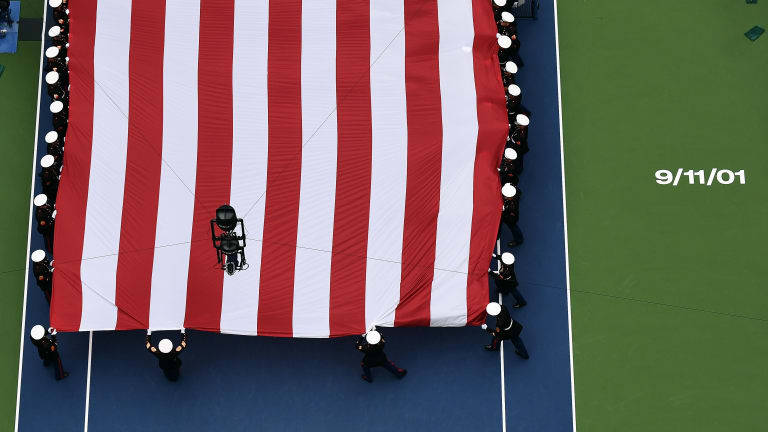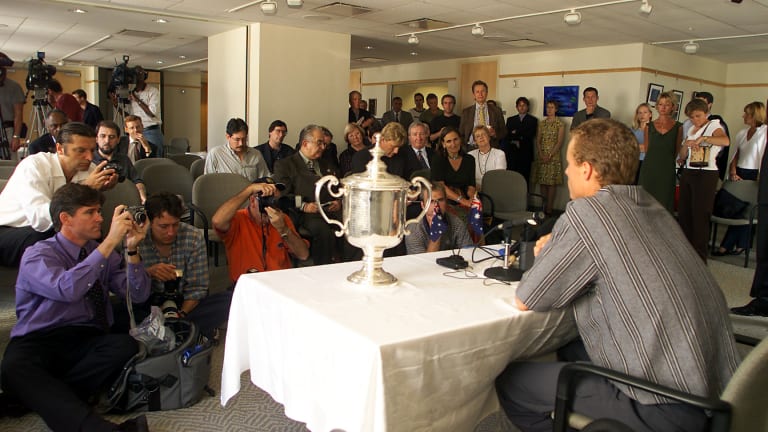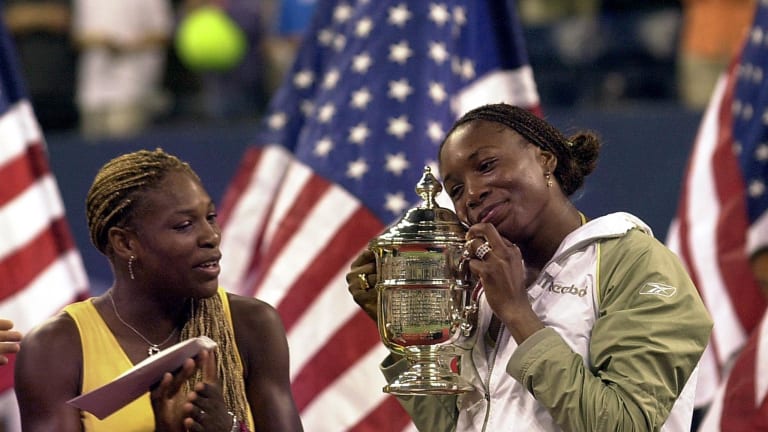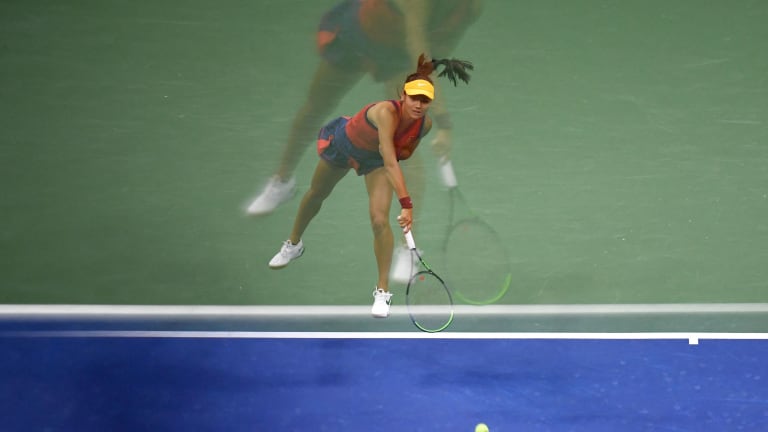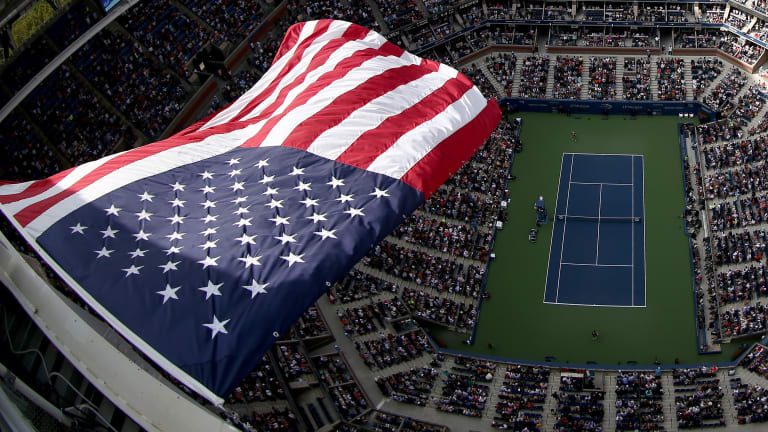Hi Pete,
I was one of the editors at the Tennis Magazine office in Midtown Manhattan waiting for your Hewitt piece on that extremely bright and crystal-clear Tuesday morning. Or at least I was waiting until about 9:15, which is when a colleague of ours walked up to me with what looked to be the beginnings of tears in his eyes, and said, “Something’s happening at the World Trade Center.”
Something was indeed happening, and everyone at the magazine gathered around the closest TV, which was in the office of our late editorial director Gil Rogin. A crusty, at times maniacal, old-school editor—he had run Sports Illustrated during the 1970s glory years—he kept getting calls, picking up the phone, and screaming “What the f*ck is going on!” at whatever poor soul was on the other end of the line. He wasn’t even bothering with a “Hello.”
The gravity of the situation didn’t hit home for me until the towers actually fell. After that, everyone in the room was either crying or staring at the TV in silence. Soon, we looked out the window and saw thousands of people filling the sidewalks, walking uptown on Seventh Ave., toward Central Park—where you were, it turns out—and where there were no buildings that might be hit. It’s that fear that we forget now. For most of that day, everyone in the city was watching the sky. What was coming next?
When I left the office that afternoon, I walked in the other direction and caught the only train working that day, the F, back to where I lived in Brooklyn. It was jammed, of course, and, for once, strangers were talking to strangers on a New York subway train. Strangers were yelling at strangers, actually, and trading fantastical stories about how the White House had just been hit by a plane and the president was dead. Back in my neighborhood, I went for a walk in a nearby park, and watched as a giant white cloud of smoke slowly traveled southeast from what we would soon be calling Ground Zero. I’d never smelled anything like it, and haven’t since.
The events that had seemed like such a big deal at the Open a few days earlier—the first night women’s final, between Venus and Serena, Hewitt’s demolition of Pete Sampras in the men’s final—were immediately obliterated in our minds. Many New Yorkers moved out of the city, and many more wondered what would happen to it. Would it be a target again? Was downtown Manhattan finished? Should we risk traveling through the underwater tunnels to New Jersey?
Now, 20 years later, we’re back at the Open, Pete. There have been disasters related to 9/11 since, most obviously the war and pullout in Afghanistan. Sadly for the people who died in it, the consensus seems to be that it was a 20-year mistake. Over the past 18 months, New York has faced a new crisis due to Covid. Three thousand people died on 9/11; 34,000 people in New York City have died of Covid. Last year, it was briefly fashionable to say that New York was “over.”
I’ve been skeptical of that talk, precisely because we heard it all before after 9/11, and our worst fears from that day didn’t come to pass. To me, this year’s gangbusters US Open has been one of the most heartening events in the city since the virus appeared.
Pete, what do you think of tennis then and now, and the Open then and now?
